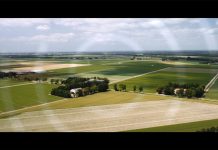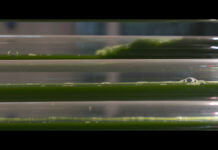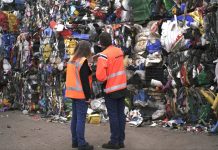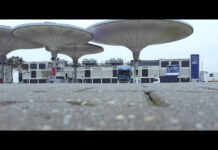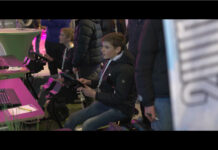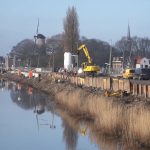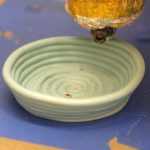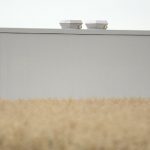Data processing
This second part of the series about the project Digital Farming NHN is about data processing. What information is collected and what is done with this information afterwards?
Soil maps and task cards
In order to apply precision agriculture, information is collected in various ways. For example, soil maps and task maps are used. With a special sensor the company RH3S conducts soil research, that afterwards can be used to make soil maps. However, it is also possible to immediately convert the obtained information into task cards. In this part of Digital Farming NHN, Eddie Loonstra explaines how this works.
Development of algorithms
University of Applied Sciences, Inholland is also participating in Digital Farming NHN. We’re speaking with Kristel van Ammers who occupies a special place in this project. She is guiding students who work on the development of algorithms and she also works part-time at Vertify. Kristel explains, among other things, how important it is to collaborate with the farmer. What does a farmer expect from the algorithm?
Mathematical Engineering student, Michael Bultema is working on an algorithm that can recognize weeds. In the Robotics Lab in Alkmaar he shows the progress. Immediately the importance of high-quality visual material becomes obvious.
Series
To sketch a picture how this project is progressing, we’re making a series about it. In part 1 bulb grower Stef Ruiter of J.C.J. Ruiter Wever from Andijk, Sander Dekker from Agrotheek and Pieter Vlaar from Vertify tell about their experiences.
More information about sustainability in agriculture
In the report Journey to sustainable flower bulb cultivation, alternatives for combating certain diseases are explored, as well as whether methods that work on a small scale can also be successful on a larger scale.
Also interesting:
Digital Farming – part 1 the challenge
Digital Farming – part 3 applying site-specific techniques
Digital Farming – part 4 achievements and future prospects
Natural farming helps biodiversity


